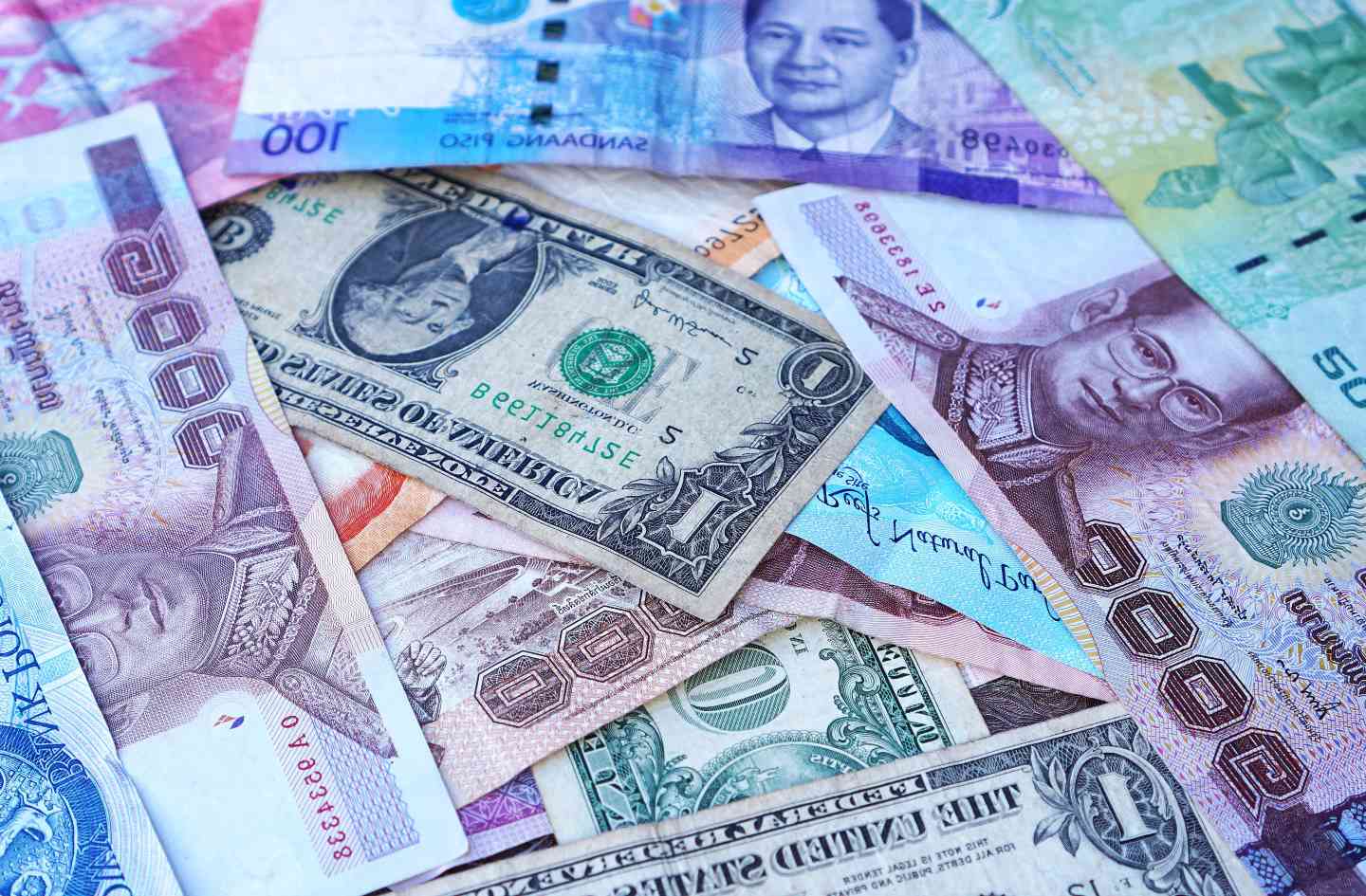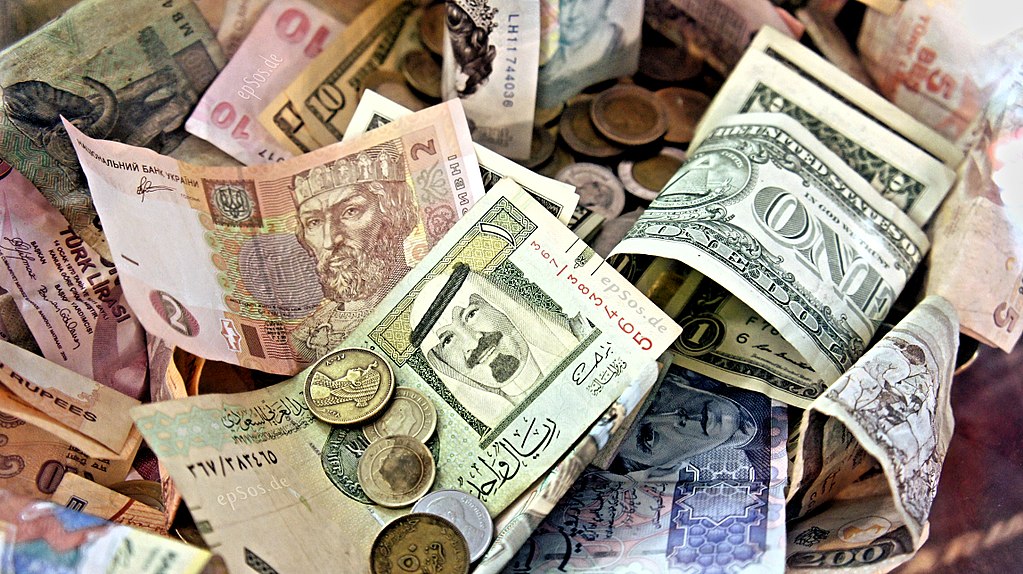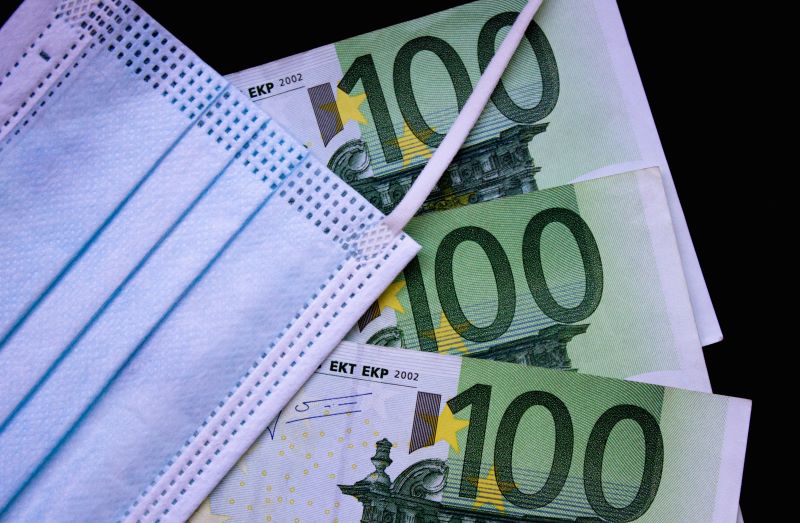Recommended

CGD NOTES
The 2021 allocation of $650 billion of Special Drawing Rights (SDRs) by the IMF was heralded by many as a needed shot in the arm to the global economy. While many countries have made good use of their part of the SDR pie, the hope that advanced economies would share their excess SDRs with more vulnerable countries has not yet been realized, despite many promises and pledges. Recycling dollars will arrive in a few low- and middle-income countries sometime in 2023 via the IMF's Resilience and Sustainability Trust or its augmented Poverty Reduction and Growth Trust, but the amounts will be much too small to really confront the enormous short-term financing needs brought on by COVID and the war in Ukraine, much less the long-term financing needed for the transition to a sustainable, resilient, and equitable economy.
In a new paper, I argue that the world can better use the $13 trillion reserves on central bank balance sheets. Suppose we envisage these reserves as a global asset rather than an amalgam of central bank assets. In that case, they can serve as a global public good, facilitating the short-term global recovery from crises, especially those affecting the international financial system. This function already rests with IMF and SDRs, whose holders can exchange them for hard currencies of other IMF members on demand. SDRs never disappear; they just change hands.
But SDRs can do even more. The COVID-19 crisis and the economic turbulence stemming from Russia’s invasion of Ukraine have laid bare the weaknesses of the current SDR system in two ways. First, the bulk of SDRs was given to countries that did not need added reserve flexibility. Second, the crises resulted in fiscal challenges that balance-of-payments support alone could not address. Layered on top of these acute problems is the chronic problem of confronting the costs of climate change, be it adaptation or mitigation.
The impulse of the international community was to recycle SDRs from rich countries to vulnerable countries to help them confront these added costs, which largely were not of their own making. Doing so through the IMF allowed donating countries to maintain SDR's "reserve asset characteristic"—relatively risk free and retrievable on demand—a demand of the G20. As SDRs never disappear, this is code for the G20 not wanting to relinquish any of their reserves through the SDR process.
While the IMF is well-suited to help countries through temporary balance of payments crises, recycling SDRs through its Poverty Reduction and Growth Trust (PRGT) made good sense. Borrowing countries have the prerogative to convert monetary resources to fiscal resources but ultimately must come up with the monetary resources when the IMF loans come due.
Financing the longer-term needs stemming from climate (or investment in pandemic preparedness or building resilience to global conflict) is not something the IMF is naturally suited to do. Its lending instruments are neither large enough nor structured correctly. And it has little of the subject-area expertise necessary to put together meaningful policies to support its loans.
The IMF rose to the occasion and established the Resilience and Sustainability Trust (RST), designed to give longer-term loans to climate- and health-vulnerable countries while depending on other institutions, like its sister, the World Bank, to provide the needed expertise. But the loan amounts remain small (less than $1.3 billion per country). No RST loans have yet been disbursed, so it is an experiment in progress.
There are, however, institutions designed to make just the kind of loans that are needed for the longer-term fiscally demanding challenges vulnerable countries face—the multilateral development banks (MDBs). The African Development Bank, among others, is exploring the possibility of using SDRs as hybrid capital that MDBs could leverage to mobilize funds on international capital markets. Given current leverage at MDBs, recycling $1 trillion SDRS, or about 8 percent of global reserves, could increase MDB lending power by $3-5 trillion.
The difficulty is that using SDRs as MDB capital would require stretching the "reserve asset characteristic" concept. Capital is inherently at risk and should not be easily recallable. But the MDBs are very conservatively managed institutions. Others have pointed out that central banks have much more risky assets on their balance sheet. And following the financial structure of the IMF’s PRGT and RST, there are ways of constructing pooling arrangements that could provide rarely needed liquidity. While some MDBs are trying to build some such financial structures, there is fierce resistance from some large central banks.
SDRs could provide a way to intermediate between the global reserves pool and the vast financial capital pool to empower a just transition. While recognizing the sovereignty of each country to manage its monetary reserves to its benefit, MDBs can use SDRs to transform a small part of the global pool of reserves into a public good that can support the transformation to a sustainable, resilient, and equitable global economy. It will take a bit of vision, a bit of compromise, and a bit of political courage. But taken together, the resulting difference could be enormous.
Disclaimer
CGD blog posts reflect the views of the authors, drawing on prior research and experience in their areas of expertise. CGD is a nonpartisan, independent organization and does not take institutional positions.
Image credit for social media/web: Blue Planet Studio






